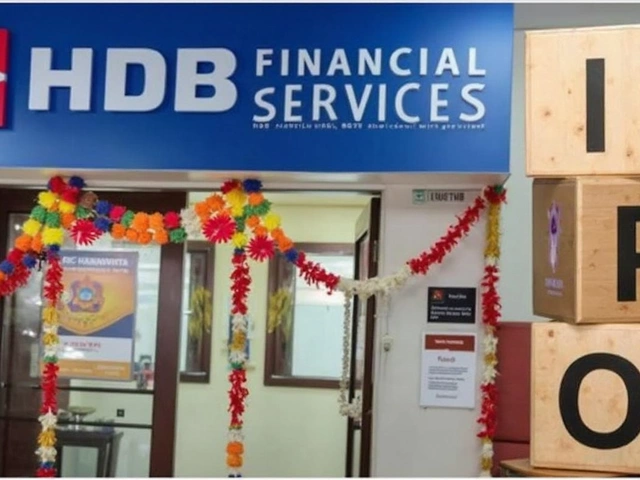Funding Freeze Explained: What It Means and How It Affects You
Ever heard the term funding freeze and wondered what it really means? In plain words, a funding freeze is when a government, organization, or company puts a hold on new money for a specific program or project. It doesn’t mean the money disappears – it just stops flowing until the freeze is lifted.
Why should you care? Because funding freezes can hit schools, startups, public services, and even the paycheck you rely on. When the cash stops, plans get delayed, jobs can be put on hold, and budgets get rearranged. Understanding the why and how can help you stay ahead of the curve.
Why Funding Freezes Happen
Most freezes are reactionary. A sudden dip in revenue, a shift in political priorities, or a surprise audit can make decision‑makers press the pause button. For example, if a city sees a big shortfall in tax collection, it might freeze funding for new park projects until the books balance. In the corporate world, a missed earnings target can trigger a freeze on hiring or R&D spend.
Another common trigger is uncertainty. When elections approach or large policy changes loom, governments often hold back money until the outcome is clear. This way they avoid committing resources that might later need to be reallocated. It’s a safety net, but it can feel like a roadblock for anyone counting on that money.
Sometimes the freeze is intentional, part of a larger cost‑saving plan. A company might freeze all discretionary spending to tighten its belt after a merger. The goal is to keep core operations running while trimming extra costs. While the intent is solid, the side effect is delayed projects and postponed upgrades.
What You Can Do During a Freeze
First, stay informed. If you’re part of a project that depends on external funds, ask for regular updates. Knowing the freeze timeline helps you plan realistic milestones.
Second, look for alternative resources. Can you tap into internal reserves, partner with another department, or seek private sponsorship? A creative funding mix can keep things moving while the official freeze stays in place.
Third, prioritize. Break down your project into essential and nice‑to‑have components. Focus on the core tasks that deliver the most impact with the least money. This lean approach shows stakeholders you’re adaptable and can deliver even under constraints.
Finally, document everything. When the freeze lifts, you’ll need to show what was delayed, what was completed, and what costs were saved. Clear records make it easier to restart the project and secure any additional money you might need.
Funding freezes are a reality in both the public and private sectors. They can be frustrating, but they’re not the end of the road. By staying proactive, seeking backup options, and keeping a tight focus on priorities, you can navigate the pause and come out stronger when the money flows again.
Trump's USAID Funding Freeze Puts India's Health and Education Sectors in Jeopardy
The recent halt to USAID funding by Trump places India's health and education sectors in a precarious position, with $2.9 billion in historical aid endangered. Healthcare programs receiving $120 million in 2023 are particularly vulnerable. Critics highlight constitutional concerns, while figures like Elon Musk advocate for USAID's dismantlement.





